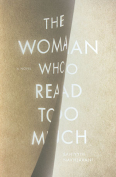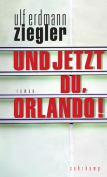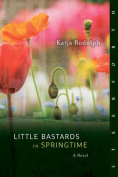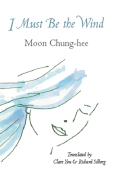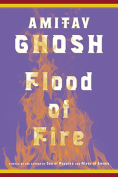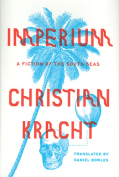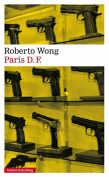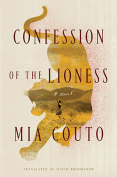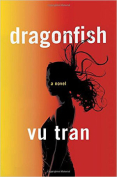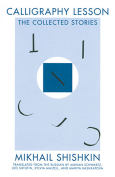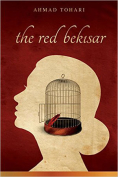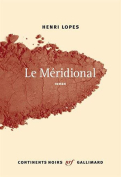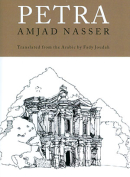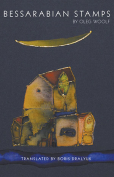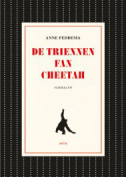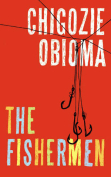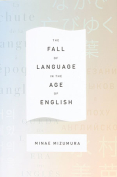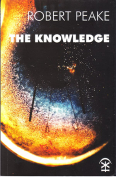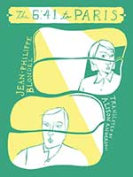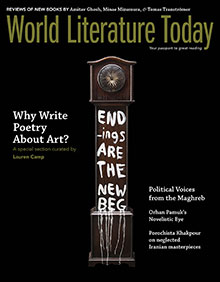The Red Bekisar by Ahmad Tohari
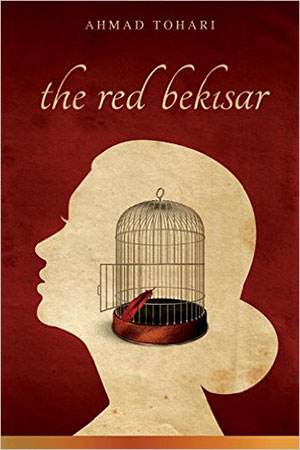 Nurhayat Indriyatno Mohamed, tr. San Mateo, California. Dalang. 2014. ISBN 9780983627326.
Nurhayat Indriyatno Mohamed, tr. San Mateo, California. Dalang. 2014. ISBN 9780983627326.
This English translation of popular Indonesian author Ahmad Tohari’s Bekisar Merah (2011) tells the story of Indonesian rural women from the mid-twentieth century faced with economic and social changes that arise domestically, such as the advent of electricity and mechanization, and through globalization—specifically, American interests in Indonesian oil resources. While this ideological critique of social change and its deleterious effects simmers beneath the surface of this page-turner, the novel explores social change in the status quo through the character of a half-Japanese, half-Indonesian young woman, Lasi, and her migration from her small village of palm tappers in central Java to the urban temptations of the capital, Jakarta, and then back to her rural roots after narrowly escaping the clutches of high-end prostitution in the big city.
A red bekisar is an ornamental bird that is a cross between the wild and domesticated fowl and stands in a metonymic relation to Lasi, who is prized for her exotic beauty among elite Indonesians. Mrs. Lanting, a procurer of beautiful young women for the Indonesian rich, remarks in a veiled reference that the demand for foreign, particularly Japanese women among affluent Indonesian men is iconically enshrined in Indonesia’s most famous national leader, emphasizing the complicated texture of modernity and its ramifications in Indonesia in the last century. Lasi, who is half-Japanese, is the next-best option to a fully Japanese wife. Lasi’s story hinges on her ethnicity and social status.
Red Bekisar abounds in charming descriptions of the village life in Karangsoga, the daily life of the coconut tappers, the making of brown sugar, and the feudal economy of a rural society as yet untouched by technological and cultural modernity. This is the novel’s strength as well as its weakness; the neat division of the simple country and corrupt city at times minimizes the gravity of the pastoral in the lives of the characters and turns it into local color. There is a fast cinematic quality to Tohari’s style with quick scene changes, fast-paced dialogues, and a narrative concerned less with interiority, reflection, and characterization than in an event-filled plot. The accident of Darsa, Lasi’s husband, and his subsequent rejection of Lasi, Lasi’s migration to the city, her sojourns in the company of the affluent, the seductions, the betrayals, a reunion, even a marriage and a pregnancy—these elements leave the narrative threaded and episodic. While the specter of economic greed and exploitation, the buying and selling of women, and political corruption loom large as the repressed content in the novel, Tohari resolves these conflicts in a domestic story of conjugal love fulfilled against all odds.
Red Bekisar is an entertaining exemplum of cultural modernity enshrined in the character of a heroine leaving society behind to catch up with her, even if only in fiction.
Gayatri Devi
Lockhaven University
